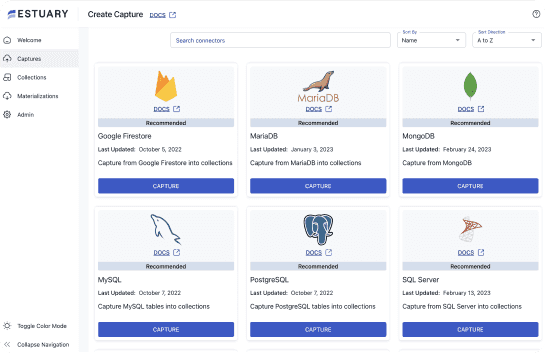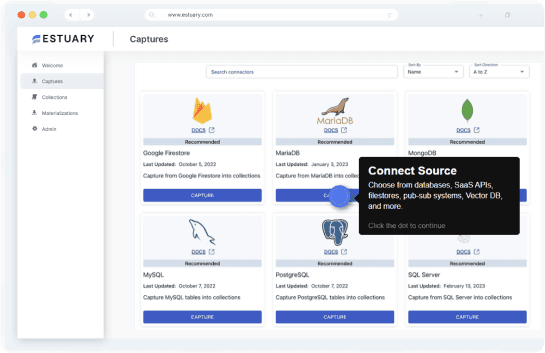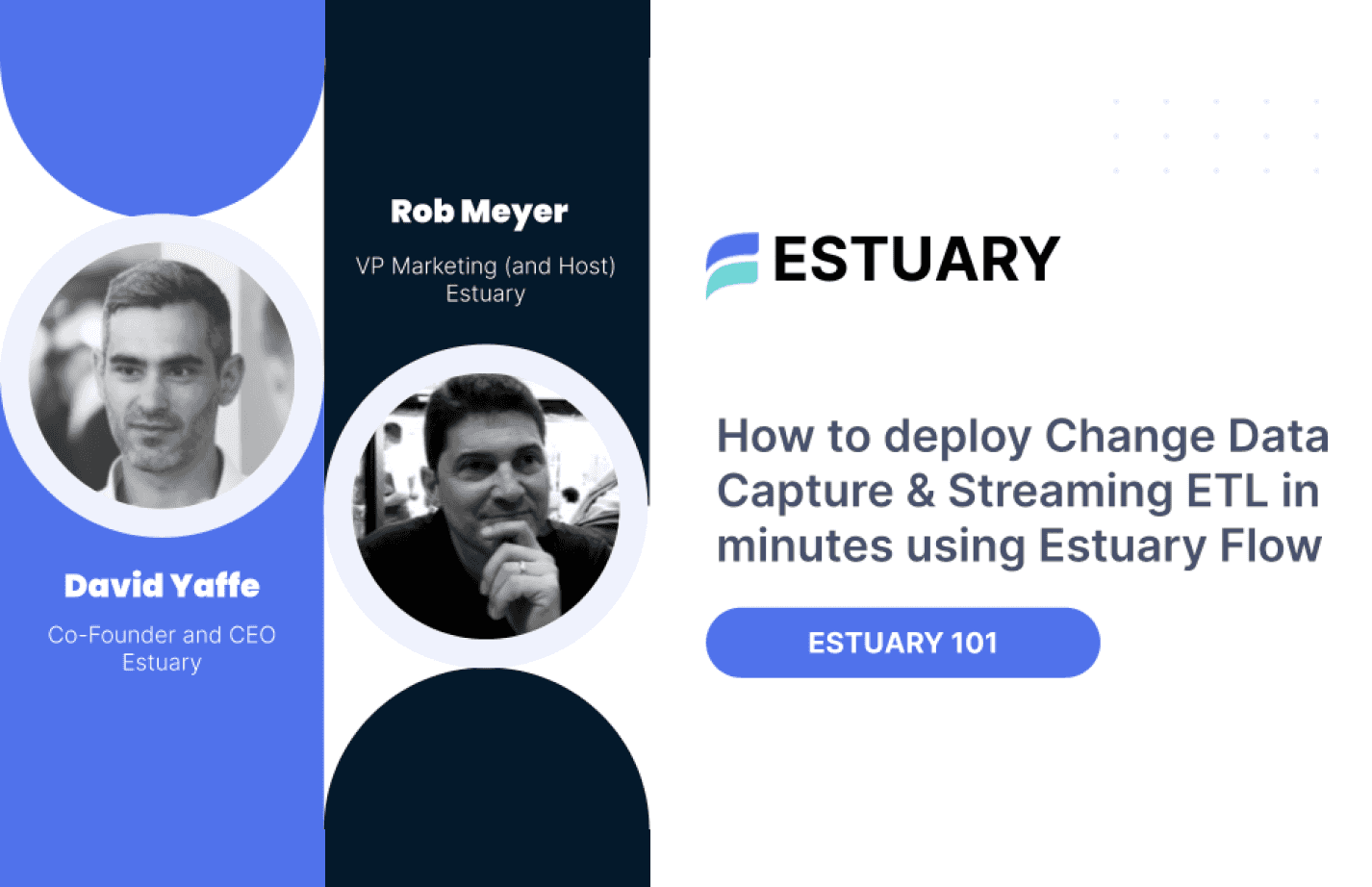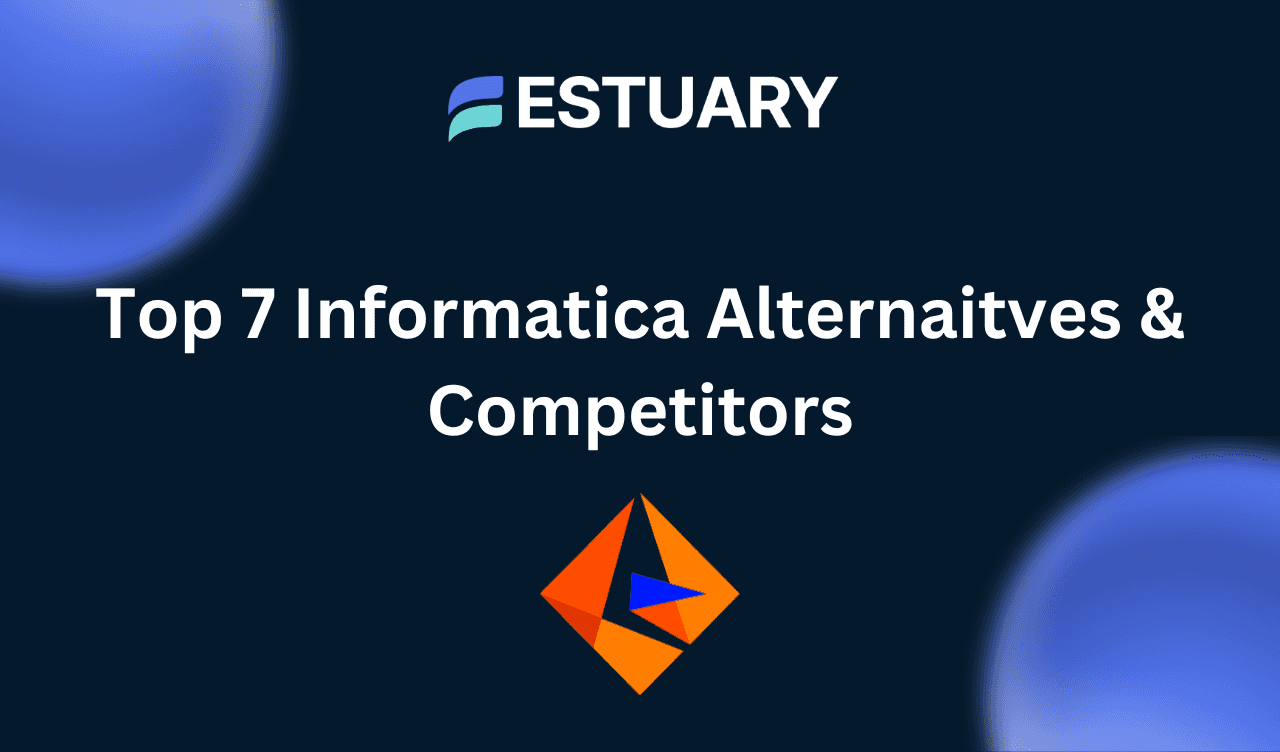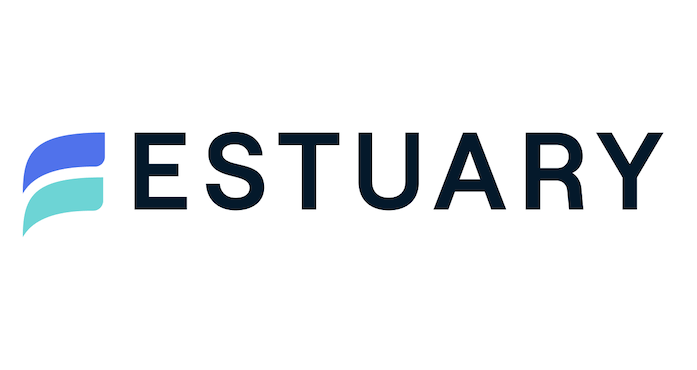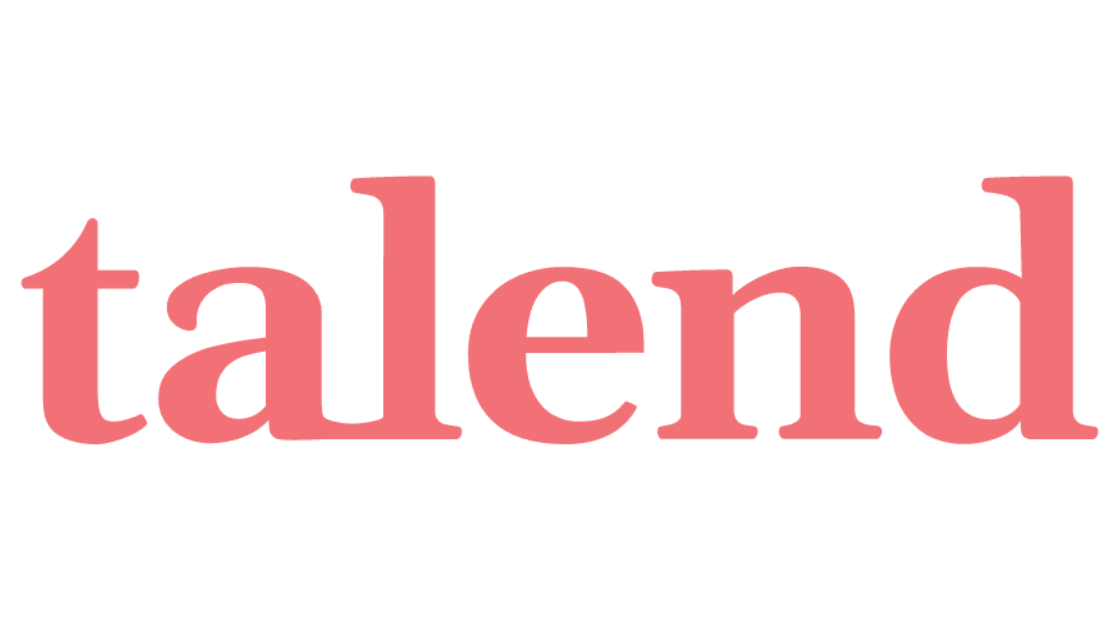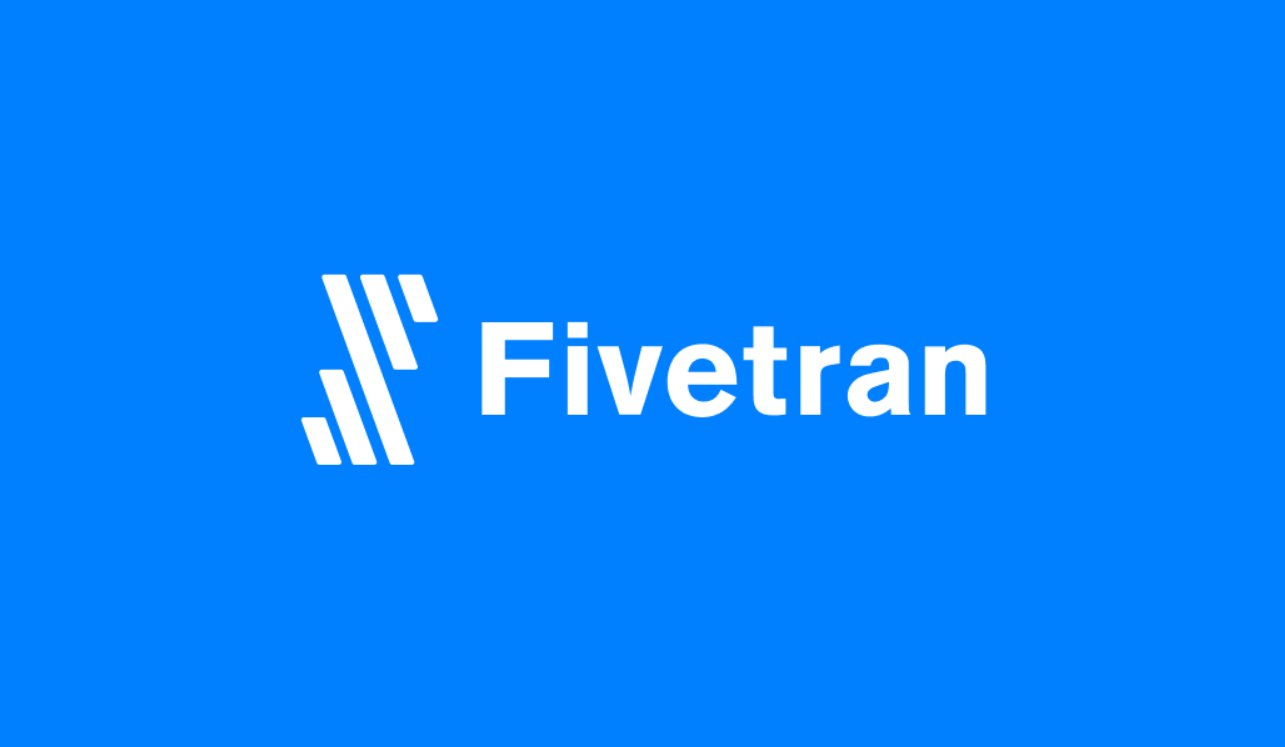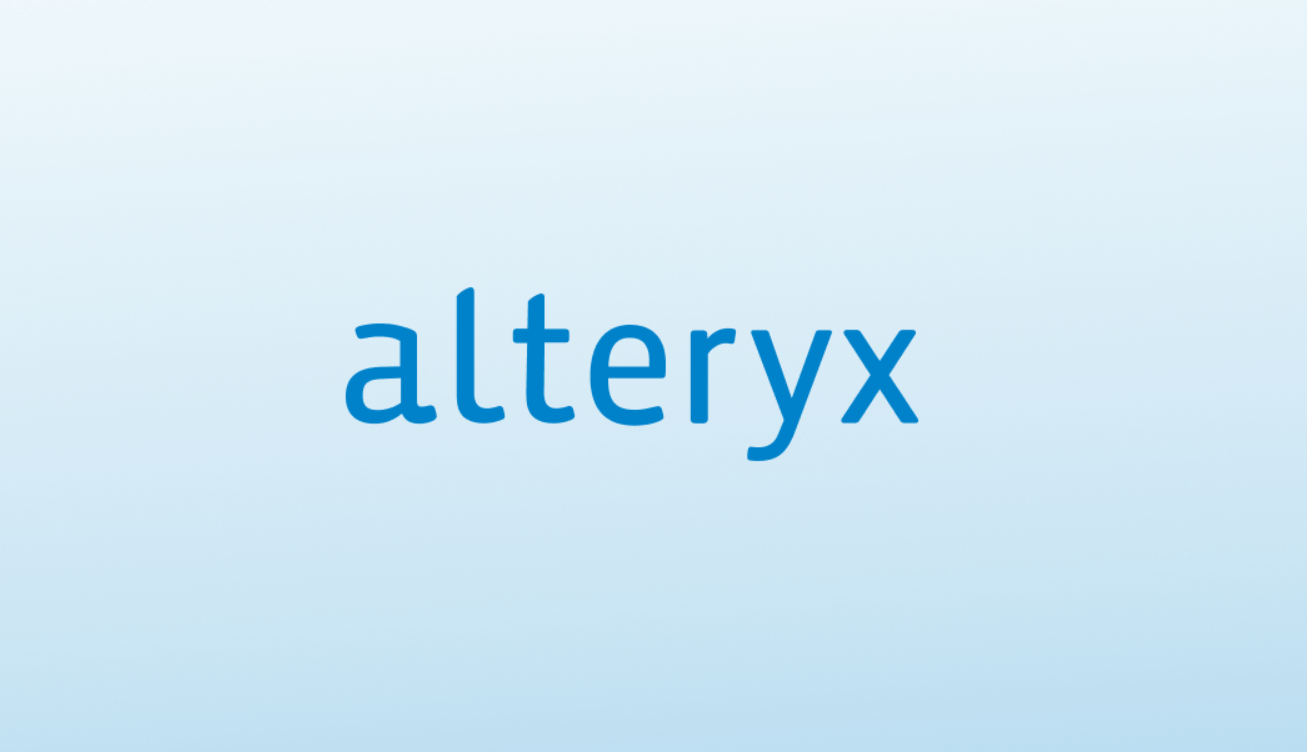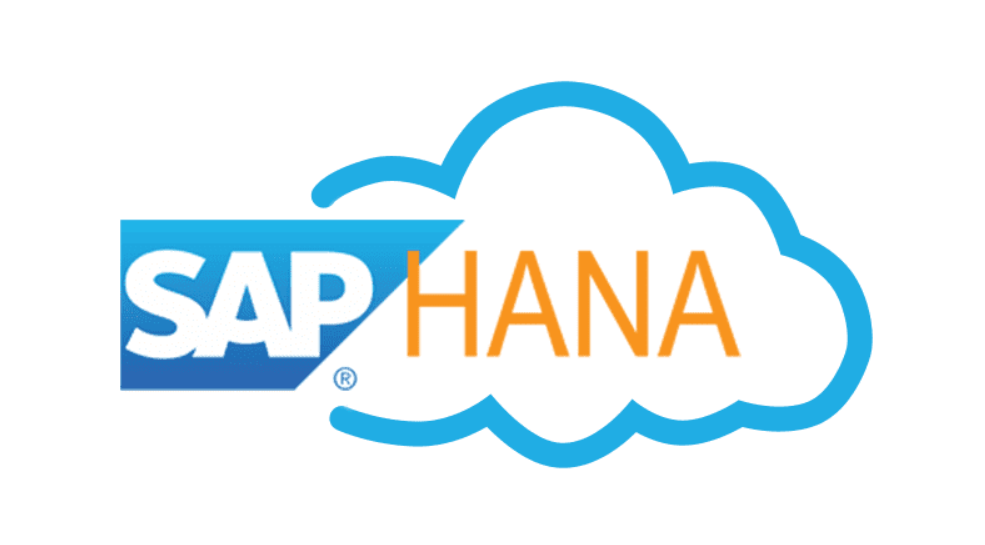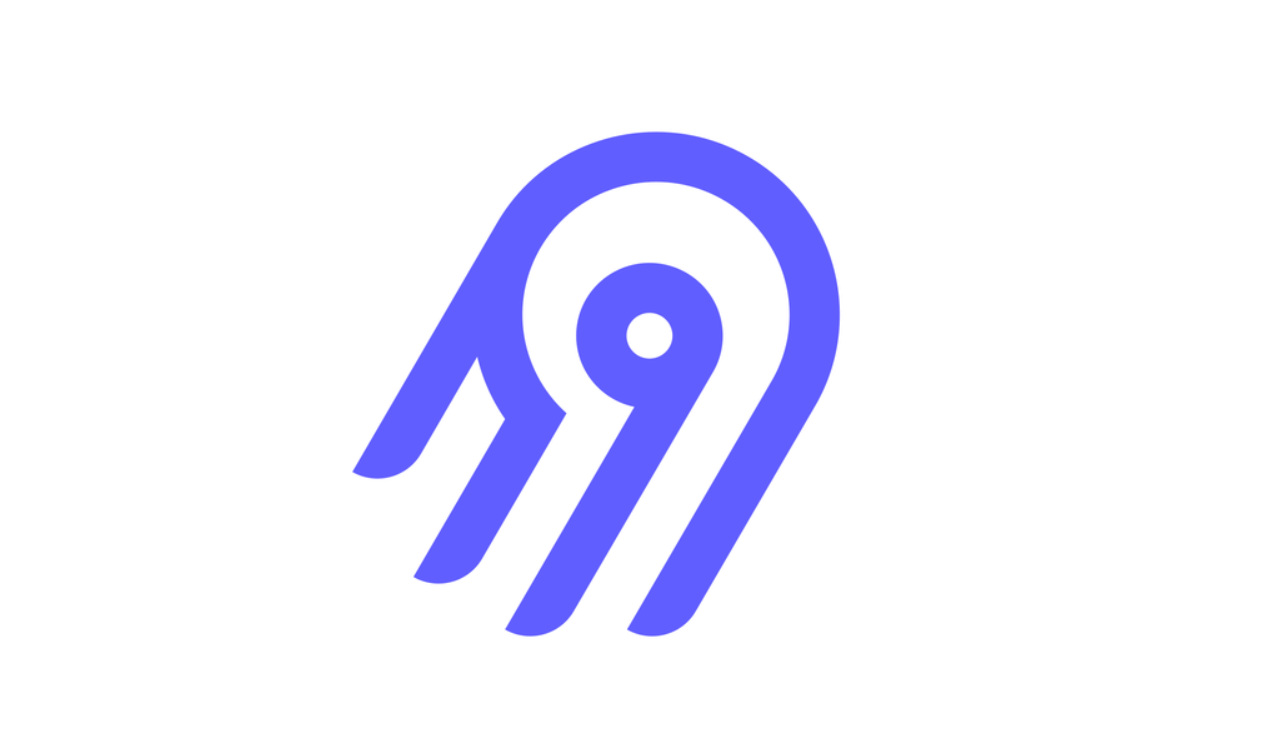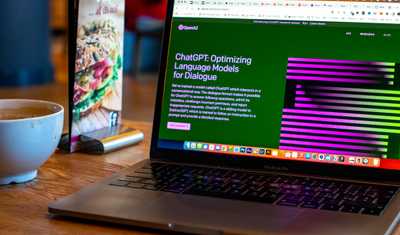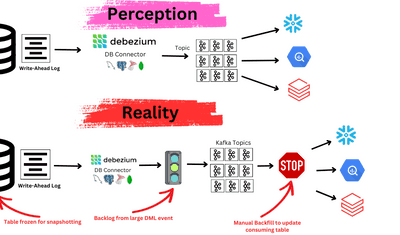
Informatica has long been recognized as a leader in the data integration space, offering a comprehensive suite of tools for extracting, transforming, and loading (ETL) data. However, as data needs evolve and businesses explore modern, cloud-native, and real-time solutions, alternatives to Informatica have become increasingly appealing. And with Salesforce’s recent acquisition of Informatica in May 2025, many businesses are re-evaluating whether it remains the best fit for their data strategy.
Whether you’re looking for a more cost-effective solution, a tool with better support for real-time pipelines, or a platform that integrates seamlessly with your existing tech stack, there are many options to consider.
This guide covers 7 top Informatica alternatives & competitors that offer scalable, cost-effective, and easy-to-manage data integration solutions.
What is Informatica?
Informatica is a leading ETL and data integration tool that helps organizations extract, transform, and load data across various platforms. It is widely used for data warehousing, cloud integration, and enterprise data management.
Key Features of Informatica Include:
- Scalability: Handles large-scale data integration tasks efficiently.
- Cloud & Hybrid Integration: Supports multi-cloud and on-premise environments.
- Advanced Data Transformation: Provides data cleansing, enrichment, and governance.
- Automation & Orchestration: Automates workflows to enhance efficiency.
- Security & Compliance: Ensures data security with encryption and compliance with data privacy standards.
Why Would Businesses Need an Informatica Alternative?
While Informatica is a powerful tool, businesses often seek alternatives due to:
- High Costs: Premium pricing makes it expensive for small and mid-sized businesses, making it less accessible for organizations with budget constraints.
- Complex Implementation: Requires skilled professionals for setup, maintenance, and customization, increasing dependency on IT teams.
- Scalability Concerns: Some organizations need more flexible, cloud-native, or hybrid solutions to handle dynamic data volumes efficiently.
- Vendor Lock-in: Dependency on proprietary technology limits customization, making it harder to integrate with other platforms and adapt to evolving business needs.
- Ecosystem Consolidation: With Informatica now part of Salesforce, organizations that don’t operate within the Salesforce ecosystem may face tighter integrations, pricing changes, and decreased flexibility.
Informatica Alternatives: Feature & Pricing Comparison Table
To help you quickly compare the best Informatica alternatives, here’s a feature breakdown of the top solutions based on scalability, pricing, and ease of use.
| Alternative | Key Features | Best for | Pricing | Deployment |
|---|---|---|---|---|
| Estuary Flow | Real-time streaming, CDC, No-code pipelines, Scalable | Businesses needing real-time data | Affordable & Flexible (usage-based) | Cloud & Hybrid |
| Talend | Data governance, AI, Cloud & hybrid support | Enterprises with compliance needs | Subscription | Cloud & On-Premise |
| Fivetran | Pre-built connectors, automation, incremental sync | Plug-and-play ETL needs | Subscription | Cloud-only |
| SSIS | Microsoft integration, workflow automation | Microsoft-based businesses | License-based | On-Premise & Cloud |
| Alteryx | No-code ETL, AI-driven automation, predictive analytics | Data analysts & AI-driven insights | Subscription | Cloud & On-Premise |
| SAP HANA Cloud | In-memory computing, AI/ML support, enterprise security | Large-scale data processing | Subscription | Cloud-only |
| Airbyte | 500+ connectors, developer-friendly, API-first | Open-source & API customization | Free & Paid | Cloud & On-Premise |
Now, let's dive into the details of each alternative to see which best fits your data integration needs.
7 Best Informatica Alternatives
If Informatica does not fit your business needs, here are 7 powerful alternatives & competitors to consider:
1. Estuary Flow
Category: Real-Time Data Integration & Streaming
Estuary Flow is a modern real-time data integration platform that simplifies streaming and batch data movement. It offers low-latency, change-data-capture (CDC) capabilities, making it ideal for organizations that need real-time analytics and automation.
Key Features:
- Real-Time Data Streaming: Ensures instant data availability across platforms.
- Change Data Capture (CDC): Captures changes in source databases and replicates them in real-time.
- No-Code & Low-Code Pipelines: Enables easy setup and automation without complex coding.
- Seamless Integration: Connects to databases, cloud platforms, and analytics tools.
- Scalable & Cost-Effective: Supports high data volumes while minimizing infrastructure costs.
Why Estuary Flow Over Informatica
Estuary Flow offers a modern, cost-effective, and scalable approach to data integration, making it an excellent alternative to Informatica. Unlike Informatica, which requires extensive setup and maintenance, Estuary Flow simplifies the process with no-code and low-code pipelines. Its ability to handle both real-time streaming and batch processing ensures businesses have a unified platform for all their data needs. With built-in CDC capabilities, Estuary Flow provides continuous data updates, reducing latency and ensuring up-to-date insights.
With Informatica now moving into the Salesforce ecosystem, Estuary Flow provides a vendor-neutral, future-ready solution that prioritizes flexibility, simplicity, and real-time performance.
Compare in detail: Estuary Flow vs Informatica
2. Talend
Category: Enterprise Data Integration
Talend provides a powerful enterprise data integration solution. It helps businesses automate ETL processes, data governance, and cloud migration. With its wide range of built-in connectors, Talend supports seamless integration with various cloud services and databases. Additionally, its strong data quality and cleansing capabilities ensure high accuracy and consistency across datasets.
Key Features:
- Data Governance & Compliance: Ensures high data quality with strong security measures.
- Cloud & Hybrid Support: Integrates with AWS, Google Cloud, and Microsoft Azure.
- Drag-and-Drop Interface: Simplifies complex data workflows.
- Big Data & AI Integration: Supports Apache Spark, machine learning, and analytics tools.
Compare in detail: Talend vs Informatica
3. Fivetran
Category: Fully Managed ETL & Data Pipeline Automation
Fivetran automates data pipelines, making it a great choice for businesses that need low-maintenance ETL solutions. It focuses on ELT (Extract, Load, Transform), optimizing data movement for cloud warehouses. It also offers automated schema migration and normalization, ensuring seamless integration with modern data ecosystems. With minimal configuration required, businesses can set up data pipelines quickly and efficiently.
Key Features:
- Fully Managed Pipelines: Automates data extraction and loading.
- Pre-Built Connectors: Integrates with over 200+ data sources with additional lite (API) connectors.
- Incremental Data Syncs: Reduces load times and optimizes costs.
- Cloud-Native Architecture: Works seamlessly with Snowflake, BigQuery, and Redshift.
- Enterprise Security: Ensures data privacy and compliance.
Checkout details comparison: Fivetran vs Informatica
4. Microsoft SQL Server Integration Services (SSIS)
Category: Enterprise Data Integration & Workflow Automation
SSIS is an enterprise-level ETL tool that enables data extraction, transformation, and loading using Microsoft’s ecosystem. It provides a robust set of built-in components for workflow automation and data transformation. Additionally, SSIS supports seamless integration with various Microsoft products, enhancing efficiency for businesses relying on the Microsoft stack.
Key Features:
- Seamless Microsoft Integration: Works well with Azure, Power BI, and SQL Server.
- Robust Data Transformation: Handles complex ETL workflows efficiently.
- On-Premise & Cloud Support: Allows hybrid data integrations.
- Advanced Debugging & Logging: Monitors and optimizes ETL processes.
- Scalable Performance: Manages large data workloads with ease.
5. Alteryx
Category: Data Preparation, Analytics, & AI-Powered Automation
Alteryx is a powerful data analytics and workflow automation tool that simplifies ETL, data blending, and AI-driven insights. It enables users to automate complex data transformations with an intuitive drag-and-drop interface. Additionally, Alteryx supports advanced geospatial and statistical analysis, making it ideal for businesses that require deeper data insights.
Key Features:
- Drag-and-Drop Workflow Builder: No-code ETL development.
- Predictive Analytics & AI: Leverages machine learning for business intelligence.
- Cloud & On-Premise Flexibility: Supports various deployment models.
- Automated Data Preparation: Speeds up data cleansing and transformation.
- Integration with BI Tools: Connects seamlessly to Tableau, Power BI, and Qlik.
6. SAP HANA Cloud
Category: Enterprise Cloud Data Management
SAP HANA Cloud is a high-performance database and data integration platform that enables real-time analytics and data processing. It leverages in-memory computing to accelerate query performance and optimize large-scale data workloads. It also includes advanced AI and machine learning capabilities, enabling businesses to derive deeper insights and streamline automation.
Key Features:
- In-Memory Computing: Processes data at ultra-fast speeds.
- Enterprise-Grade Security: Ensures strong encryption and compliance.
- Multi-Cloud Compatibility: Works with AWS, Azure, and Google Cloud.
- AI & Machine Learning Integration: Supports advanced data science capabilities.
- Large-Scale Data Processing: Handles high-volume transactions and analytics.
7. Airbyte
Category: Open-Source Data Integration
Airbyte is an open-source data integration platform that allows businesses to build and automate data pipelines with flexibility. It supports a wide range of pre-built connectors, enabling seamless integration with diverse data sources. With its modular architecture, businesses can easily customize pipelines to meet their specific needs.
Key Features:
- Open-Source & Extensible: Customize connectors to fit unique business needs.
- Pre-Built Data Connectors: Supports 500+ integrations through a marketplace catalog.
- Cloud & On-Premise Deployment: Offers flexibility in infrastructure.
- Incremental Data Replication: Optimizes performance and cost.
- Developer-Friendly API: Enables seamless automation and custom workflows.
Checkout detailed comparison: Airbyte vs Informatica
Conclusion: What Salesforce’s Informatica Acquisition Means for You
Salesforce's acquisition of Informatica, announced on May 27, 2025, marks a major shift in the data integration landscape. This move strengthens Salesforce's Data Cloud and AI-powered analytics offerings by embedding Informatica’s well-established ETL, data governance, and hybrid integration capabilities.
While this consolidation may benefit enterprises deeply embedded in the Salesforce ecosystem, it also raises important considerations for others, especially those who prioritize:
- Vendor neutrality
- Platform flexibility across cloud providers
- Modern, real-time data infrastructure
- Transparent and usage-based pricing models
With Informatica becoming part of Salesforce, concerns around long-term support, pricing changes, and tighter ecosystem entrenchment are likely to grow, particularly for businesses operating in multi-cloud or hybrid environments.
Why Estuary Flow is the Leading Alternative
In this new reality, Estuary Flow stands out as the top Informatica alternative for businesses seeking future-proof, scalable, and real-time data integration. Here’s why:
- Streaming-First Architecture: Built for both real-time and batch processing with native CDC capabilities.
- No-Code to Low-Code Simplicity: Launch production-grade pipelines in minutes without engineering bottlenecks.
- Cloud & Hybrid Flexibility: Deploy in the public cloud, private cloud, or Bring Your Own Cloud (BYOC) model.
- Usage-Based Pricing: Eliminate high upfront licensing costs and scale affordably as your data grows.
- Platform-Agnostic Design: Avoid vendor lock-in with integrations across Snowflake, BigQuery, Databricks, PostgreSQL, Kafka, and more.
Whether you're a data engineer, analyst, or architect, Estuary Flow gives you the control and agility that today’s real-time, AI-driven environments demand, without sacrificing usability or interoperability.
Next Steps
Ready to explore a modern data integration solution? Get started with Estuary Flow today:
- Compare ETL Tools: Explore our in-depth ETL Tools Guide to compare leading data integration solutions.
- Register and try it for free: Sign up here
- Need help? Contact us for support
- Join our community on Slack: Connect with our team
FAQs
Why should I switch from Informatica to a modern alternative?
What makes Estuary Flow different from Informatica?

About the author
Dani is a data professional with a rich background in data engineering and real-time data platforms. At Estuary, Daniel focuses on promoting cutting-edge streaming solutions, helping to bridge the gap between technical innovation and developer adoption. With deep expertise in cloud-native and streaming technologies, Dani has successfully supported startups and enterprises in building robust data solutions.

